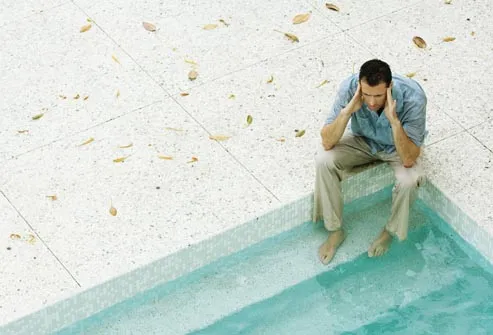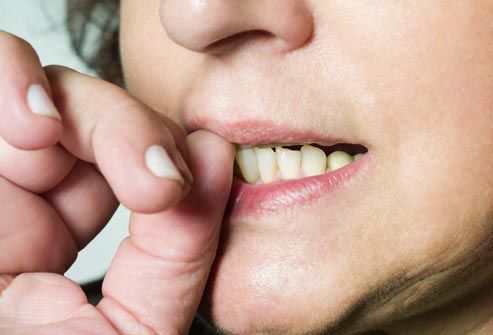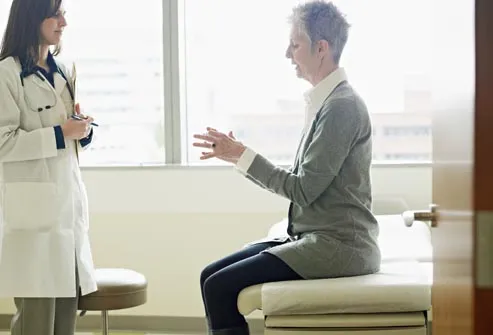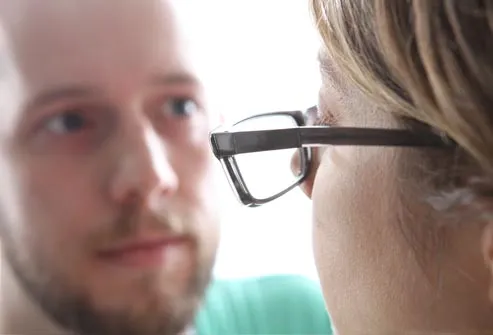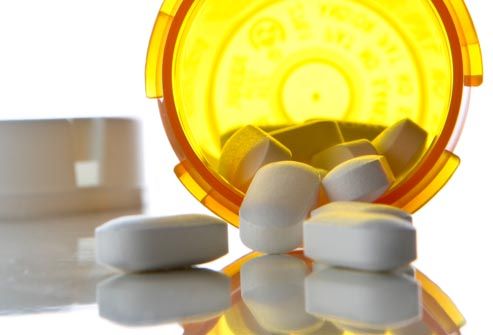GAD: Emotional Symptoms
The main symptom of GAD is a constant and exaggerated sense of tension and anxiety. You may not be able to pinpoint a reason why you feel tense. Or you may worry too much about ordinary matters, such as bills, relationships, or your health. All this worrying can interfere with your sleep and your ability to think straight. You may also feel irritable due to poor sleep or the illness itself.
GAD: Physical Symptoms
Body problems usually come along with the excess worry. They can include:
- Muscle tension or pain
- Headaches
- Nausea or diarrhea
- Trembling or twitching
GAD vs. Everyday Worries
Most people spend some time worrying about their troubles, whether money, job demands, or changing relationships. What sets GAD apart is the feeling that you can't stop worrying. You may find it impossible to relax, even when you're doing something you enjoy. In severe cases, GAD can interfere with work, relationships, and daily activities.
Who Gets GAD?
People of any age can develop GAD, even children. The disorder tends to appear gradually, with the first symptoms most likely to occur between childhood and middle age. GAD affects twice as many women as men.
What Causes GAD?
The genes passed down through a family may put some people at a higher risk for anxiety, but that's not the whole picture. Scientists think that a mix of DNA, environment, and psychological factors are to blame. Researchers are looking at brain chemicals called neurotransmitters, as well as a pair of structures inside the brain called the amygdalae.
Diagnosing GAD
There's no lab test for GAD, so the diagnosis is made based on your description of your symptoms. It's important to be specific when telling your doctor about your anxiety. What do you worry about? How often? Does your anxiety interfere with any activities? You may have GAD if you have been feeling anxious or worrying too much for at least six months.
Treating GAD: Psychotherapy
One kind of talk therapy is very effective in treating anxiety. It's called cognitive behavioral therapy or CBT. A counselor helps you identify your negative thoughts and actions. CBT may include homework, such as writing down the thoughts that lead to excess worry. You will also learn calming strategies. People can feel better in three to four months. A combination of medicine and CBT often works best.
Treating GAD: Medicine
Some antidepressant drugs work well to lower anxiety. Brand names include Cymbalta, Effexor XR, Lexapro, and Paxil. It may take four to six weeks to feel better. Your doctor might prescribe a benzodiazepine for a short while. Brand names include Ativan, Klonopin, Valium, and Xanax. These drugs carry a risk of dependence. A newer drug called Buspar can also treat GAD. Be sure to discuss the pros and cons of medications with your doctor
Self-Care for GAD
You can support your treatment for GAD by making a few simple changes in your habits. Avoid caffeine, street drugs, and even some cold medicines, which can boost anxiety symptoms. Try to get enough rest and eat healthy foods. Try relaxation techniques, such as yoga or meditation. And be sure to exercise; there's evidence that moderate physical activity can have a calming effect.




